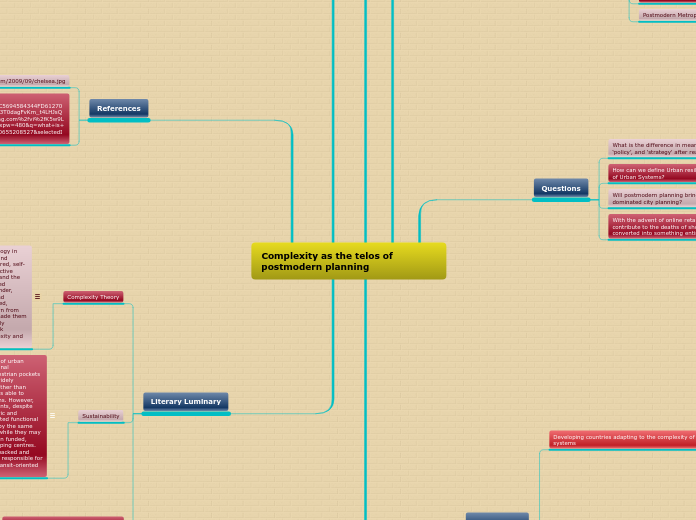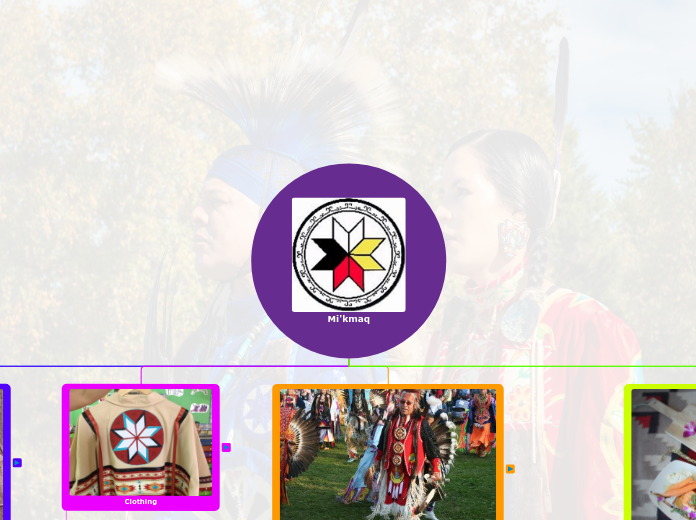Framework for History-Social Science -
United States History and Geography: Growth and Conflict (8th Grade)
Daniel Worden
Goal of Democratic Understanding and Civic Values
Civil Values, Rights, and Responsibilities
8.12.6: Discuss child labor, working conditions, and laissez-faire policies toward big business and examine the labor movement, including its leaders (e.g., Samuel Gompers), its demand for collective bargaining, and its strikes and protests over labor conditions.
8.3.6: Describe the basic law-making process and how the Constitution provides numerous opportunities for citizens to participate in the political process and to monitor and influence government (e.g., function of elections, political parties, interest groups).
Constitutional Heritage
8.11.5: Understand the Thirteenth, Fourteenth, and Fifteenth Amendments to the Constitution and analyze their connection to Reconstruction.
8.2.6: Enumerate the powers of government set forth in the Constitution and the fundamental liberties ensured by the Bill of Rights.
8.2.2: Analyze the Articles of Confederation and the Constitution and the success of each in implementing the ideals of the Declaration of Independence.
National Identity
8.8.2: Describe the purpose, challenges, and economic incentives associated with westward expansion, including the concept of Manifest Destiny (e.g., the Lewis and Clark expedition, accounts of the removal of Indians, the Cherokees' "Trail of Tears," settlement of the Great Plains) and the territorial acquisitions that spanned numerous decades.
8.7.2: Trace the origins and development of slavery; its effects on black Americans and on the region's political, social, religious, economic, and cultural development; and identify the strategies that were tried to both overturn and preserve it (e.g., through the writings and historical documents on Nat Turner, Denmark Vesey).
8.6.5: Trace the development of the American education system from its earliest roots, including the roles of religious and private schools and Horace Mann's campaign for free public education and its assimilating role in American culture. opic
Goal of Skills Attainment and Social Participation
Basic Study Skills
CCSS.ELA-LITERACY.WHST.6-8.2
Write informative/explanatory texts, including the narration of historical events, scientific procedures/ experiments, or technical processes. (WRITING)
CCSS.ELA-LITERACY.RH.6-8.4
Determine the meaning of words and phrases as they are used in a text, including vocabulary specific to domains related to history/social studies.
CCSS.ELA-LITERACY.RH.6-8.7
Integrate visual information (e.g., in charts, graphs, photographs, videos, or maps) with other information in print and digital texts. (READING)
Critical Thinking Skills
CCSS.ELA-LITERACY.WHST.6-8.1.B
Support claim(s) with logical reasoning and relevant, accurate data and evidence that demonstrate an understanding of the topic or text, using credible sources. (WRITING)
CCSS.ELA-LITERACY.RH.6-8.8
Distinguish among fact, opinion, and reasoned judgment in a text. (READING)
CCSS.ELA-LITERACY.RH.6-8.6
Identify aspects of a text that reveal an author's point of view or purpose (e.g., loaded language, inclusion or avoidance of particular facts). (READING)
CCSS.ELA-LITERACY.RH.6-8.1
Cite specific textual evidence to support analysis of primary and secondary sources. (READING)
Participation Skills
CCSS.ELA-LITERACY.WHST.6-8.7
Conduct short research projects to answer a question (including a self-generated question), drawing on several sources and generating additional related, focused questions that allow for multiple avenues of exploration (WRITING)
CCSS.ELA-LITERACY.RH.6-8.5
Describe how a text presents information (e.g., sequentially, comparatively, causally). (READING)
CCSS.ELA-LITERACY.WHST.6-8.2.D
Use precise language and domain-specific vocabulary to inform about or explain the topic. (WRITING)
Goal of Knowledge and Cultural Understanding
Sociopolitical Literacy
8.9.2: Discuss the abolition of slavery in early state constitutions.
8.6.6: Examine the women's suffrage movement (e.g., biographies, writings, and speeches of Elizabeth Cady Stanton, Margaret Fuller, Lucretia Mott, Susan B. Anthony).
8.2.7: Describe the principles of federalism, dual sovereignty, separation of powers, checks and balances, the nature and purpose of majority rule, and the ways in which the American idea of constitutionalism preserves individual rights.
Economic Literacy
8.4.3: Analyze the rise of capitalism and the economic problems and conflicts that accompanied it (e.g., Jackson's opposition to the National Bank; early decisions of the U.S. Supreme Court that reinforced the sanctity of contracts and a capitalist economic system of law).
8.3.2: Explain how the ordinances of 1785 and 1787 privatized national resources and transferred federally owned lands into private holdings, townships, and states.
Geographic Literacy
8.7.1: Describe the development of the agrarian economy in the South, identify the locations of the cotton-producing states, and discuss the significance of cotton and the cotton gin.
8.4.1: Describe the country's physical landscapes, political divisions, and territorial expansion during the terms of the first four presidents.
8.5.2: Know the changing boundaries of the United States and describe the relationships the country had with its neighbors (current Mexico and Canada) and Europe, including the influence of the Monroe Doctrine, and how those relationships influenced westward expansion and the Mexican-American War.
Cultural Literacy
8.12.5: Examine the location and effects of urbanization, renewed immigration, and industrialization (e.g., the effects on social fabric of cities, wealth and economic opportunity, the conservation movement).
8.4.4: Discuss daily life, including traditions in art, music, and literature, of early national America (e.g., through writings by Washington Irving, James Fenimore Cooper).
8.1.4: Describe the nation's blend of civic republicanism, classical liberal principles, and English parliamentary traditions.
Ethical Literacy
Subtopic
8.9.6: Describe the lives of free blacks and the laws that limited their freedom and economic opportunities.
8.6.7: Identify common themes in American art as well as transcendentalism and individualism (e.g., writings about and by Ralph Waldo Emerson, Henry David Thoreau, Herman Melville, Louisa May Alcott, Nathaniel Hawthorne, Henry Wadsworth Longfellow).
8.1.1: Describe the relationship between the moral and political ideas of the Great Awakening and the development of revolutionary fervor
Historical Literacy









